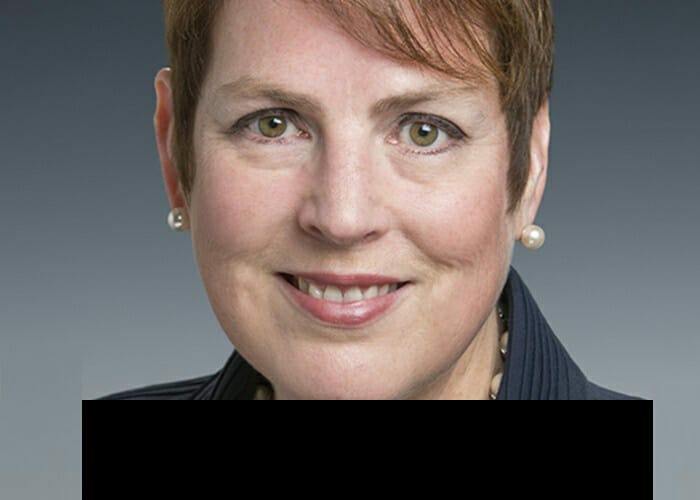Angela Rodell, chief executive of the $52 billion Alaska Permanent Fund Corporation (APFC) says increasing in-house management capability will be a priority at the fund in the coming year.
“External investment will remain important, but we have become much more strategic and thoughtful about our in-house direction,” she says, speaking from APFC’s Juneau headquarters.
APFC already manages around 22 per cent of its assets internally across real estate, fixed income and infrastructure.
A next step in the internal push will be to create passive and quasi-passive public equity portfolios focused on smart beta strategies.
“This is a very effective space,” she says.
Rodell, who was made chief executive officer at the fund after an 18-month stint as a trustee, is mindful of the challenges of recruiting and maintaining an investment team in remote Alaska, where compensation is limited by state government rules.
Yet she is also confident that the fund’s growing size and reputation will secure the expertise she requires.
“Our size and sophistication has raised the profile of the fund: we are a $50 billion sovereign wealth fund with a global reputation. Although we are a small organisation that is located far from the financial centres, the changes in technology that have made data gathering and communication possible from any location have opened the door to more direct control of our investments.”
APFC has just appointed Russell Read, a former chief investment officer at California Public Employees’ Retirement System and Kuwait’s Gulf Investment Corporation, as its new chief investment officer.
APFC was created in 1976 in order to save and invest a portion of Alaska’s mineral royalties for the benefit of present and future generations of Alaskans.
A six-member board of trustees appointed by the governor oversees the management of the fund and state law specifies that funds be invested in accordance with the prudent investor rule.
Unlike a pension fund, APFC’s annual pay outs are determined based on the return the fund has achieved, so it doesn’t have to manage assets relative to liabilities.
APFC has a well-diversified asset allocation designed to perform well in a range of market conditions in what Rodell describes as an “all weather” portfolio.
A risk parity investment framework groups investment types by their risk and return profiles rather than in asset class buckets.
The fund aims for company exposure of 53 per cent comprising US and global equities, corporate investment grade and high-yield bonds, bank loans and private equity.
“These are investments that perform well during periods of economic growth,” she says.
Within the company exposure, strategic allocations include a 36 per cent allocation to equity, 23 per cent to bonds and 6 per cent to private equity.
The fund has a 6 per cent allocation to cash and interest rates comprising US bonds, non-US bonds, and liquid investments with durations of less than 12 months all designed to pay the fund’s liabilities – namely the annual dividend.
There is a 19 per cent allocation to real assets comprising real estate, infrastructure and treasury inflation protected securities, in an allocation primarily designed as an inflation hedge.
The remaining 20 per cent is portioned to special opportunities designed to take advantage of market dislocations with allocations to fixed income aggregates, absolute return, real return, emerging market multi-assets and distressed debt.
Rodell says another theme going forward will be to develop income-generating strategies away from traditional fixed income.
Although the swathe of money chasing infrastructure (APFC has a 4 per cent infrastructure allocation at present) and real estate assets in the US makes accessing these assets competitive, she will play to APFCs “extremely long” investment horizon and freedom from any kind of liquidity constraint to access the best deals, adding: “The size of our fund means we can make meaningful investments. It is good for recipients to have an anchor like us”.
It’s a strategy that has paid off in private equity which returned 16.5 per cent for fiscal year 2015 and where APFC’s infinite time horizon means it can be a “patient investor” in stakes in which it has most conviction.
“We have started taking direct stakes in private companies and private equity funds, and this has served us well.
The greater stakes allow for better terms, for more direct control and greater upside potential if the investments do well,” she says.



